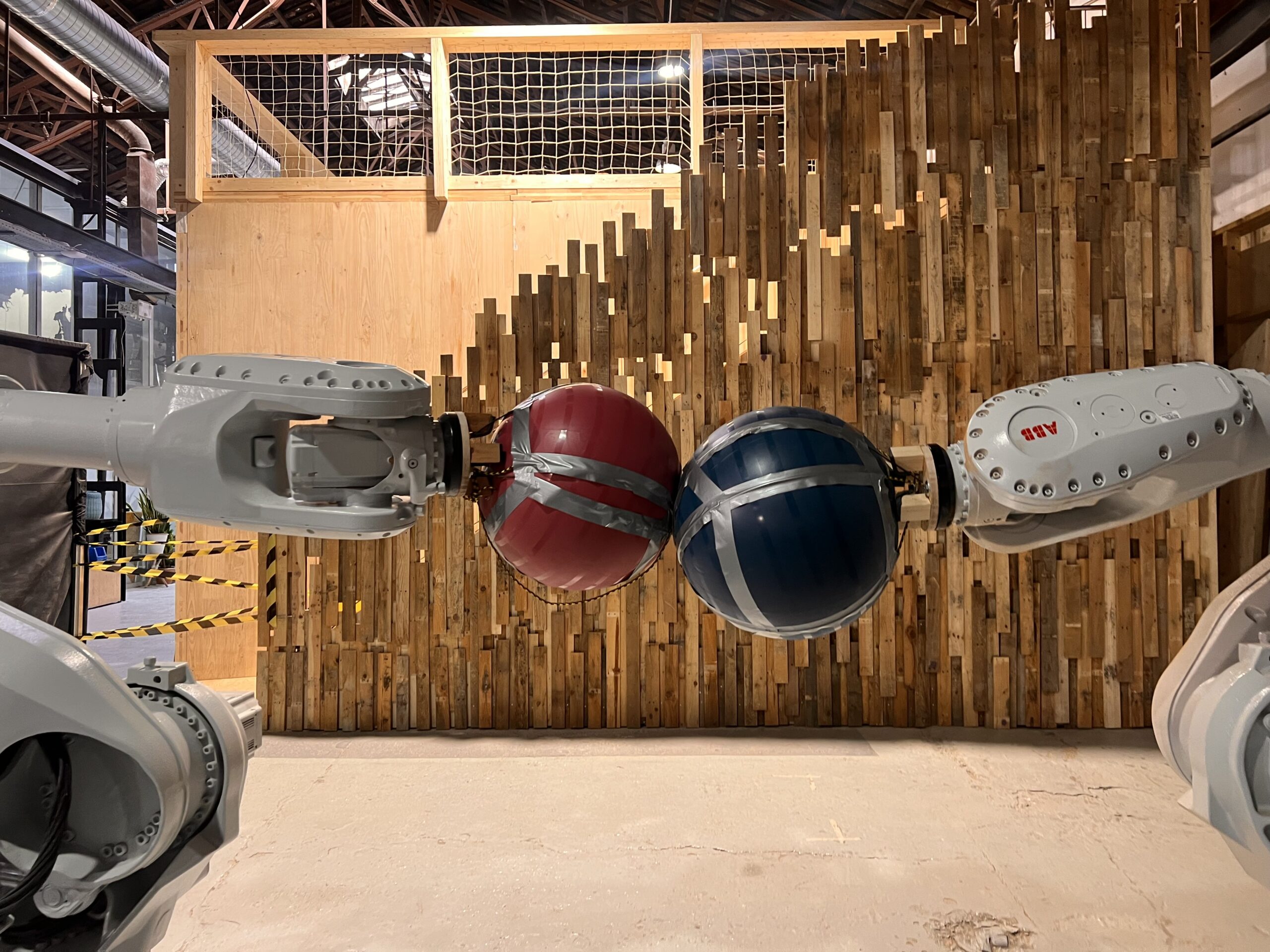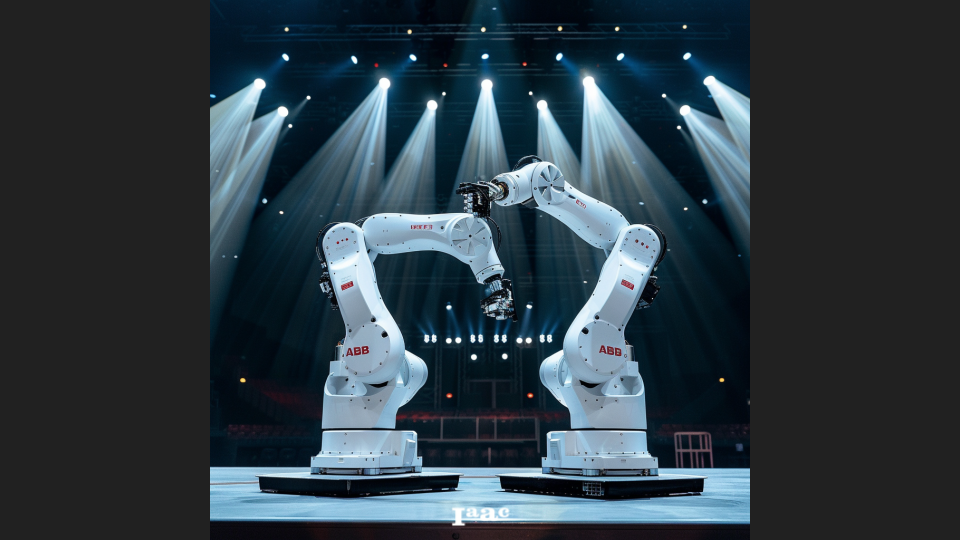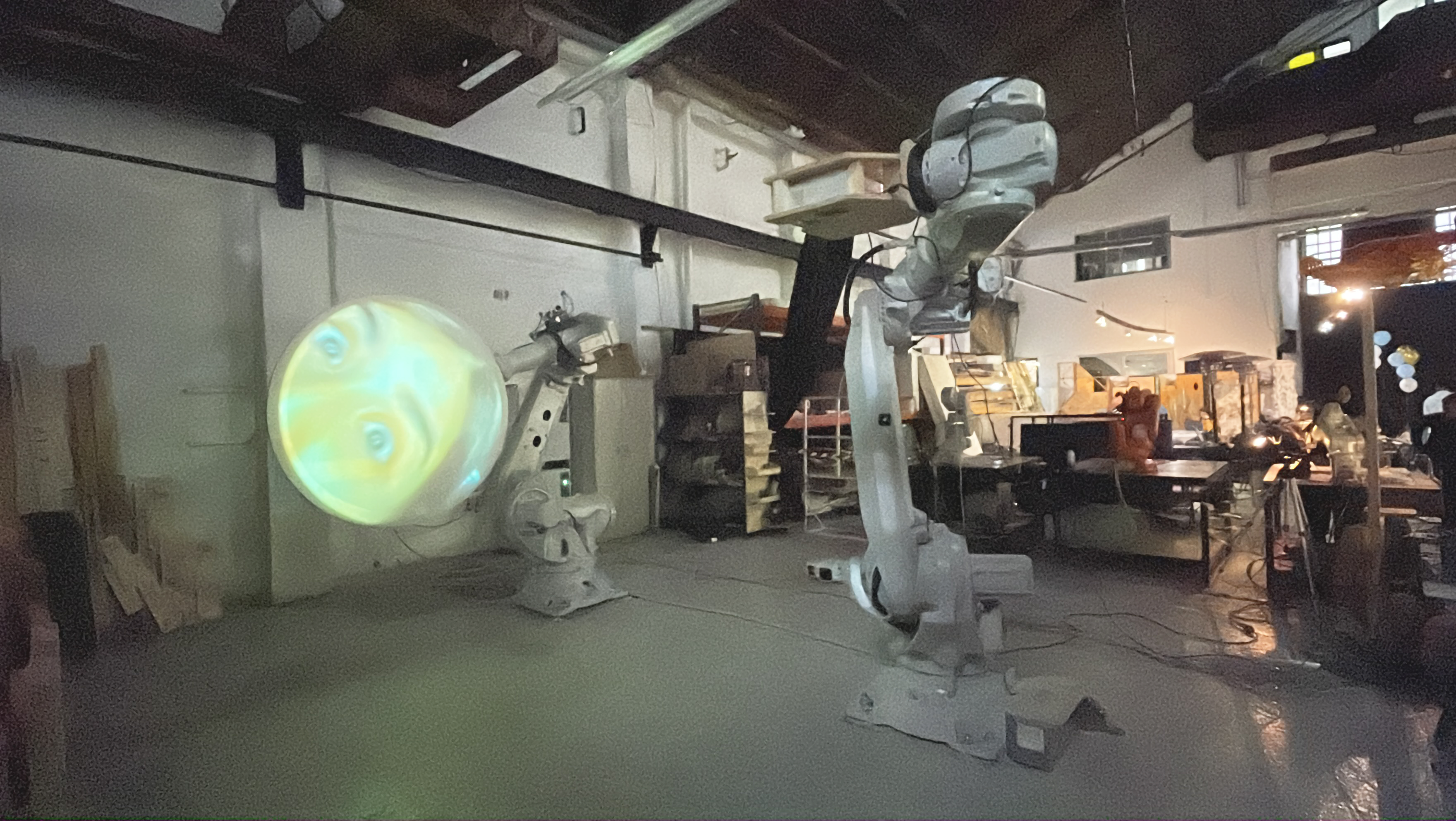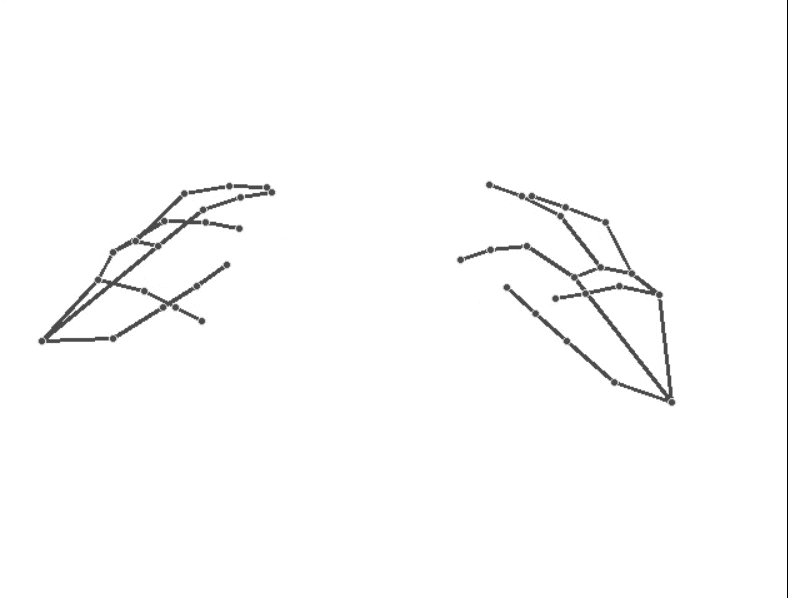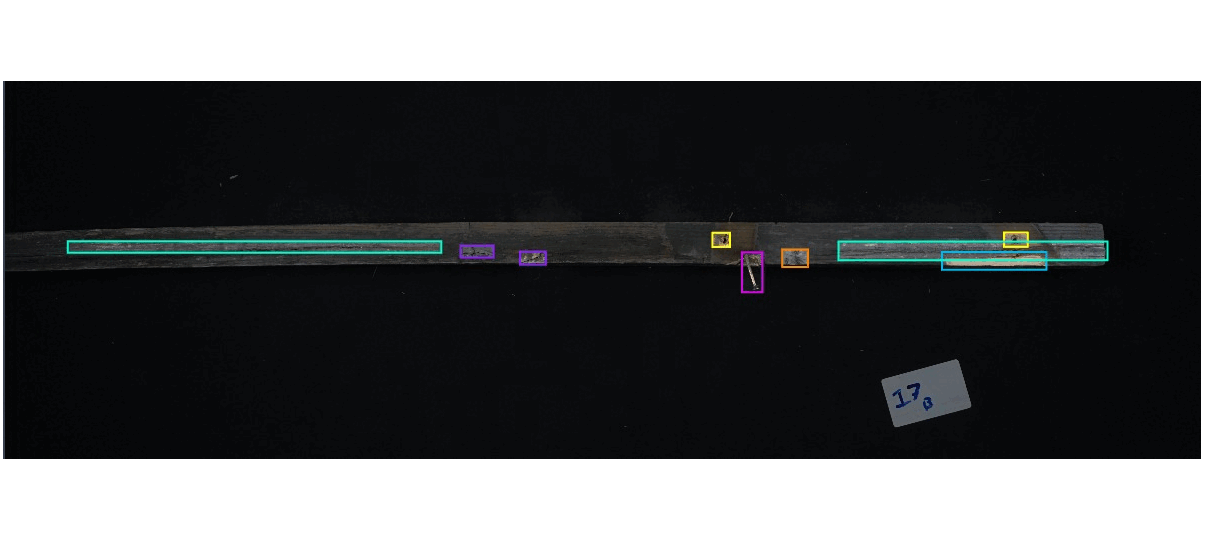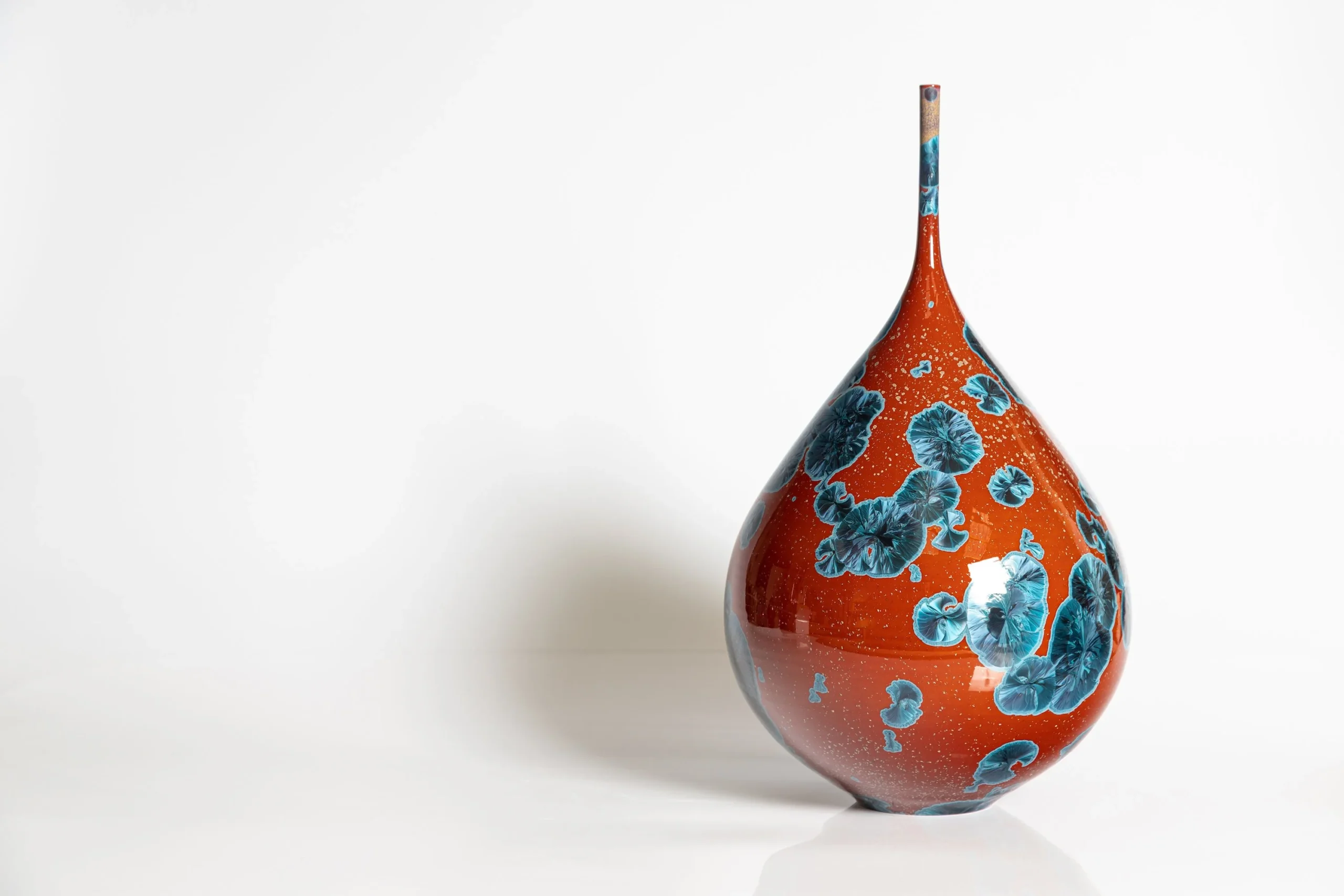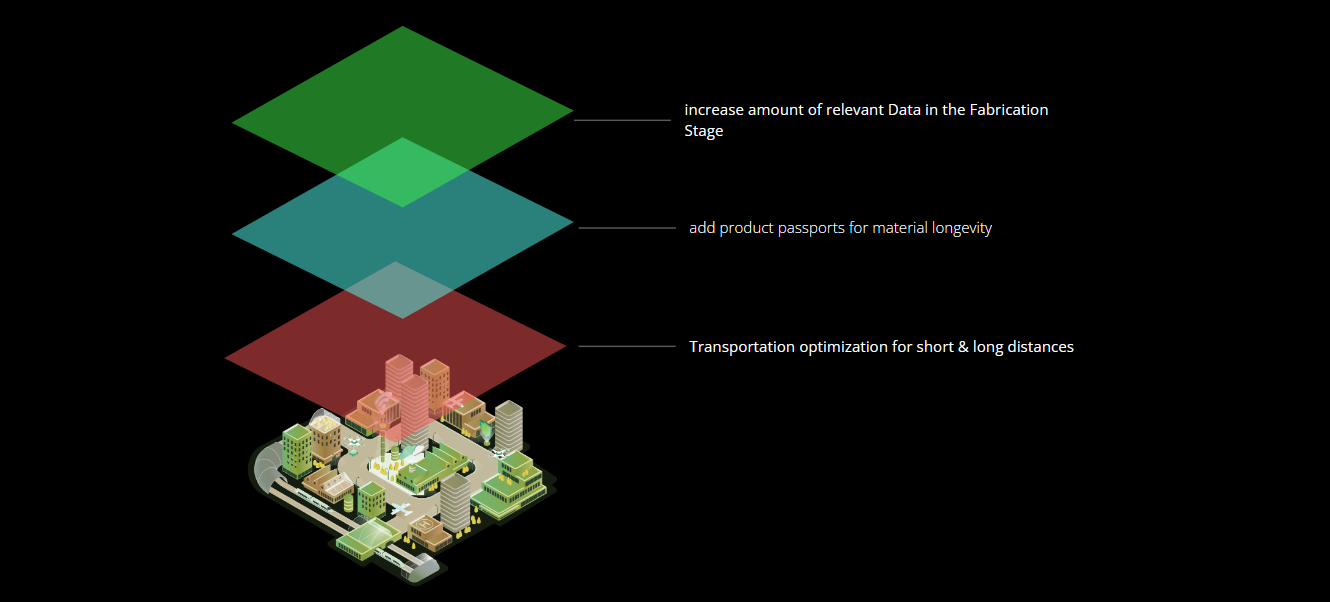Wired Warriors
Aim “Create a range of robotic mini-games showcasing dexterity and quick reflexes, ideal for casual enjoyment.“ For this one week workshop, we drew inspiration from various games such as infinite passes, penalty shootouts, and boxing, aiming to adapt them for robotic play. Initially leaning towards infinite passes (football), we ultimately found boxing more compatible with … Read more

